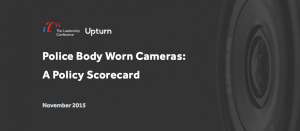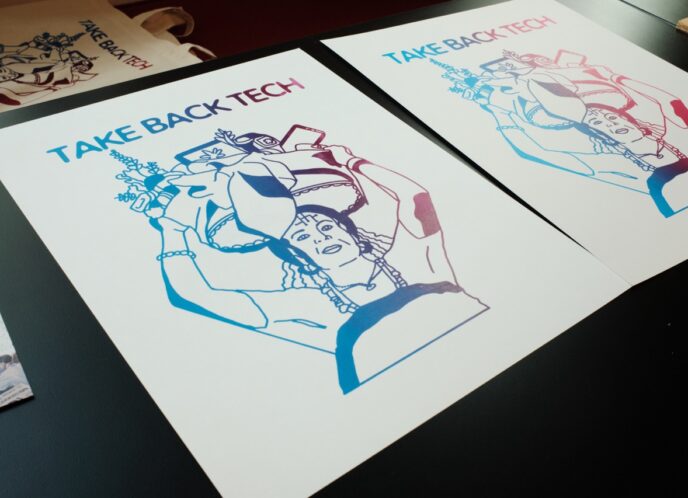The Center for Media Justice and others worked with the Leadership Conference and Upturn to produce this great report check it out!
In the wake of high-profile incidents in Ferguson, Staten Island, North Charleston, Baltimore, and elsewhere, law enforcement agencies across the country are rapidly adopting body-worn cameras for their officers. One of the main selling points for these cameras is their potential to provide transparency into some police interactions, and to help protect civil rights, especially in heavily policed communities of color.
But accountability is not automatic. Whether these cameras make police more accountable — or simply intensify police surveillance of communities — depends on how the cameras and footage are used. That’s why The Leadership Conference, together with a broad coalition of civil rights, privacy and media rights groups, developed shared Civil Rights Principles on Body Worn Cameras. Our principles emphasize that “[w]ithout carefully crafted policy safeguards in place, there is a real risk that these new devices could become instruments of injustice, rather than tools for accountability.”
This scorecard evaluates the body-worn camera policies currently in place at more than two dozen police departments across the country. Our goal is to highlight promising approaches that some departments are taking, and to identify opportunities where departments could improve their policies.




